#(Heinrich Gustav)
Text

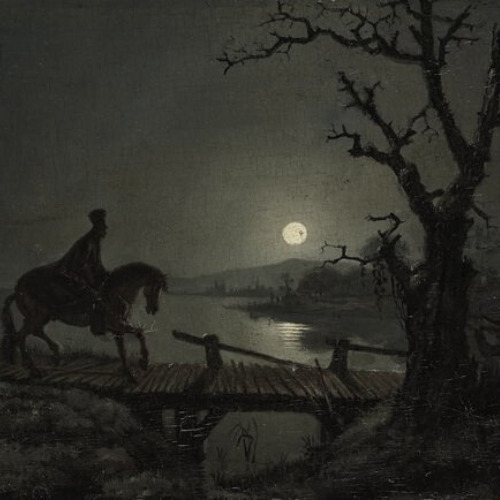
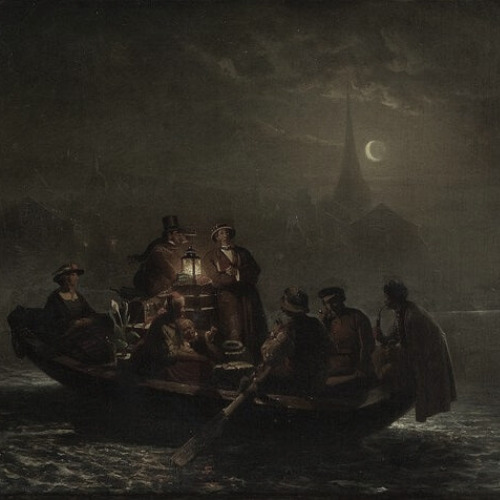




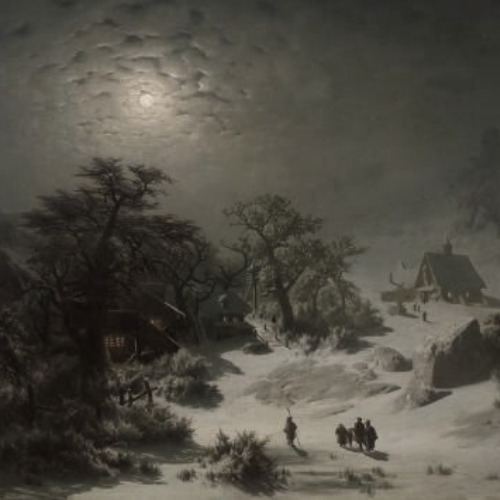





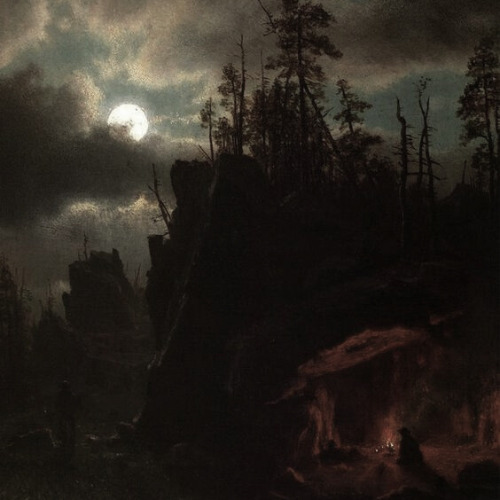




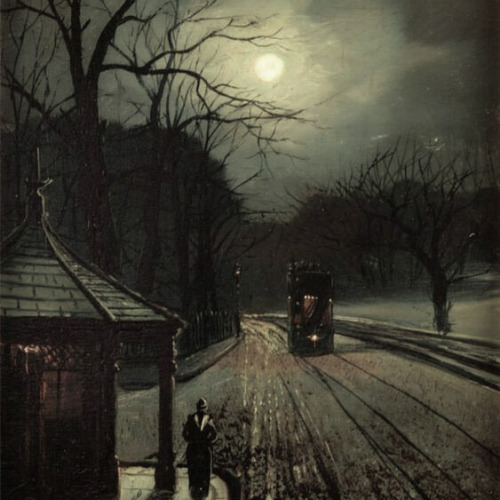
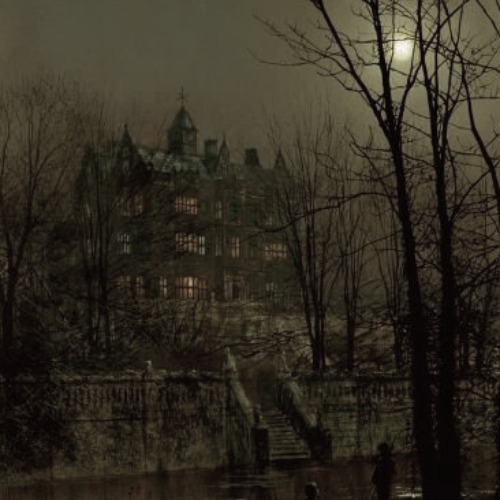
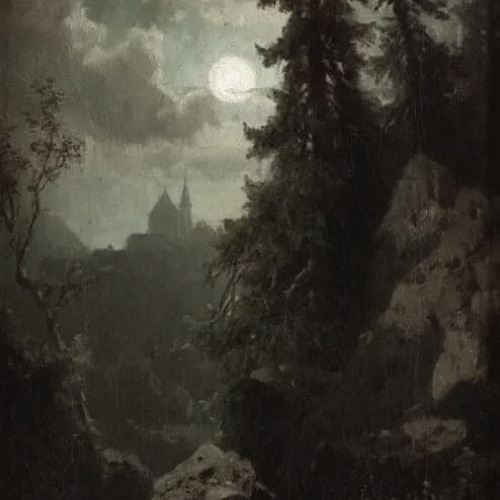
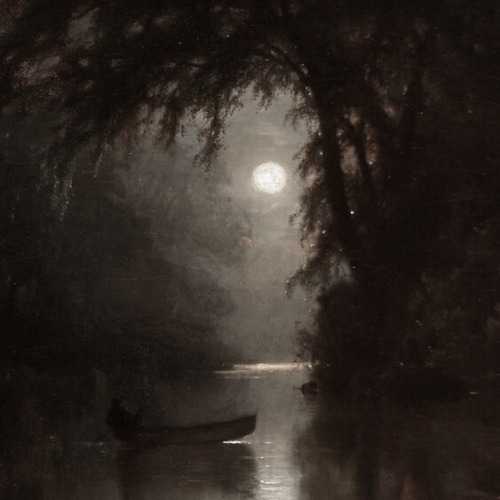
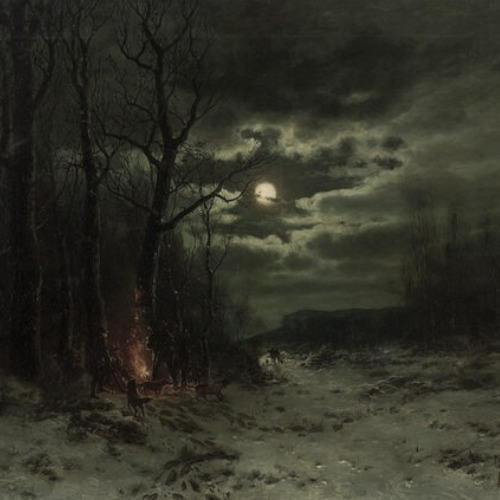

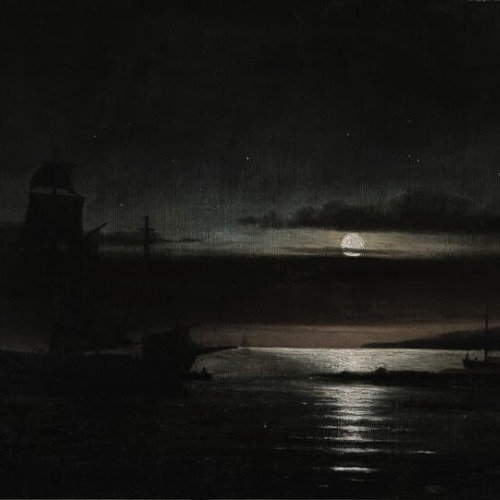




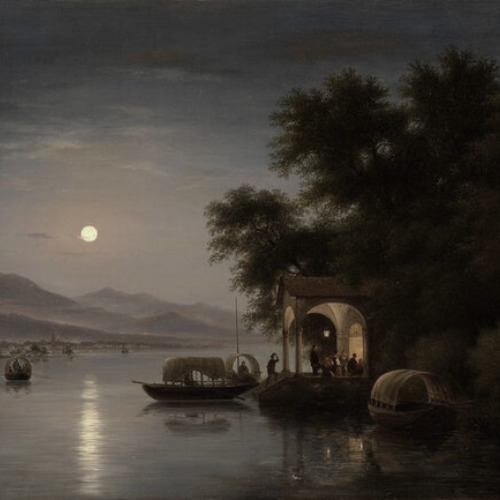
under the moonlight
#artist is justyna kopania#artist is carl friedrich hampe#artist is louis toussaint#artist is johan mengels culverhouse#artist is caspar david friedrich#cant find artist#artist is johannes rosierse#artist is adolf kosarek#artist is joseph wright#artist is sebastian pether#-cant find artist#artist is ivan aivazovsky#artist is lev feliksovic lagorio#artist is albert bierstadt#artist is heinrich gogarten#-artist is sebastian pether#artist is carl gustav carus#artist is karl heilmayer#artist is wilfred bosworth jenkins#artist is john atkinson grimshaw-#artist is adolf chwala#artist is arthur parton#artist is anders andersen-lundby#artist is knud baade#artist is f.m.e#-artist is f.m.e#artist is john berney crome#artist is joseph mallord william turner#artist is christian ernst bernhard morgenstern#artist is giuseppe canella
1K notes
·
View notes
Text



REMEMBRANCE OF THINGS PAST: On October 29, 1902, Gustav Mahler conducted the premiere of a new production of Meyerbeer's "Les Huguenots" at the Imperial and Royal Court Opera Theater in Vienna. The male lead role of Raoul de Nangis was sung by the Austrian tenor Leo Slezak (1873-1946). The beautiful costume designs were created by the painter and stage designer Heinrich Lefler (1863-1919).
#classical music#opera#music history#bel canto#composer#classical composer#aria#classical studies#maestro#chest voice#Gustav Mahler#Giacomo Meyerbeer#Leo Slezak#dramatic tenor#tenor#Les Huguenots#classical musician#classical musicians#classical history#opera history#history of music#history#historian of music#musician#musicians#diva#prima donna#Heinrich Lefler
7 notes
·
View notes
Text

1879-1885, Gustav Heinrich Eberlein, Dornauszieher (Boy removing a thorn)

#Gustav Heinrich Eberlein#Dornauszieher#Boy removing a thorn#saec. XIX#1879#1885#sculptura#Alte Nationalgalerie#Berolini#Iuvenis
12 notes
·
View notes
Text
What would have happened if what lived in the hearts of the greatest individuals – Nicolaus Cusanus, Paracelsus, Agrippa, Giordano Bruno, and Campanella – would have entered the hearts of everyone? […] What if the old and the new had met and intermingled, spirit with blood, and blood with spirit?
— Gustav Landauer, Revolution and Other Writings: A Political Reader, transl Gabriel Kuhn, (2010)
#German#Gustav Landauer#Revolution and Other Writings: A Political Reader#Gabriel Kuhn#(2010)#Nicolaus Cusanus#Nicholas of Cusa#Paracelsus#Heinrich Cornelius Agrippa#Giordano Bruno#Tommaso Campanella#What if? What if? What if...
6 notes
·
View notes
Text
Offiziere dreier Schiffe
Auf Rottnest Island (West-Australien)
Vor einigen Wochen hatte ich hier im Blog die Aufnahme von Schiffsoffizieren des Dampfers „Reichenbach“ der Deutsch-Australischen Dampfschiffs-Gesellschaft vorgestellt: Die Offiziere der „Reichenbach“ und Kapitän Peters‘ tragisches Ende
Heute haben wir die Offiziere von drei Schiffen zusammen in einer schönen Gruppenaufnahme, wenngleich die Herren nicht…
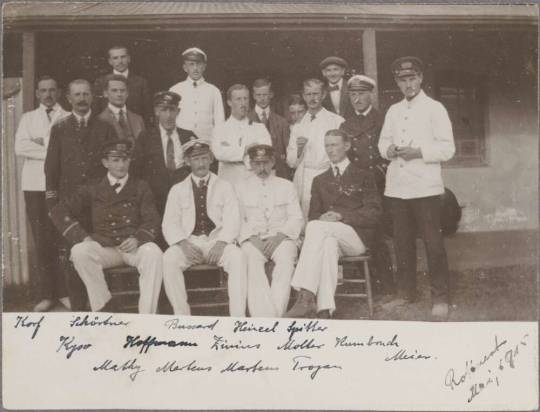
View On WordPress
#Deutsch-Australische Dampfschiffs-Gesellschaft#Fremantle#Greifswald#Gustav Martens#Heinrich Bussert#Johannes Kiesow#Johannes Korff#Julius Meentzen#Karl Lehmann#Neumünster#Richard Hofmann#Rottnest Island#Thüringen
2 notes
·
View notes
Video
n136_w1150 by Biodiversity Heritage Library
Via Flickr:
Reichenbachia :. St. Albans [England] :N.Y. [i.e. New York] :F. Sander ;R.B. Young,1892-1894.. biodiversitylibrary.org/page/35543585
#(Heinrich Gustav)#1824-1889#Orchidaceae#Reichenbach#H. G#Missouri Botanical Garden#Peter H. Raven Library#bhl:page=35543585#dc:identifier=http://biodiversitylibrary.org/page/35543585#taxonomy:binomial=Dendrobium phalaenopsis#taxonomy:binomial=Dendrobium bigibbum#Henry Frederick Conrad Sander#orchids#botany#flowers#artist:name=Henry George Moon#artist:viaf=95737474#flickr#Phalaenopsis#dendrobium phalaenopsis#cooktown orchid#Dendrobium bigibbum#mauve butterfly orchid
4 notes
·
View notes
Text
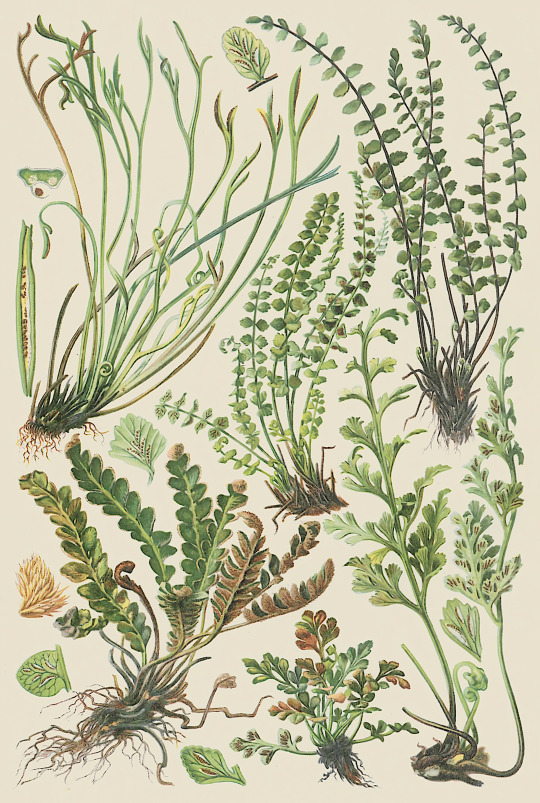
Illustrierte Flora von Mitteleuropa - Band I. Pteridophyta, Gymnospermae und Monocotyledones - Gustav Hegi - 1906 - via Heinrich Heine Universität Düsseldorf
1K notes
·
View notes
Text
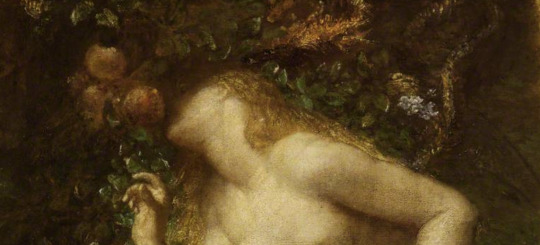








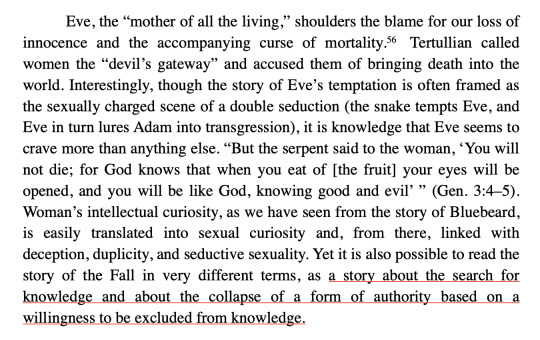

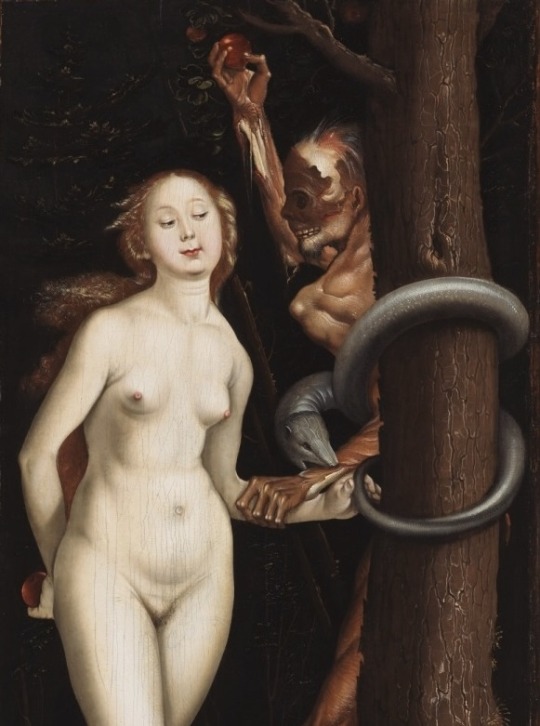
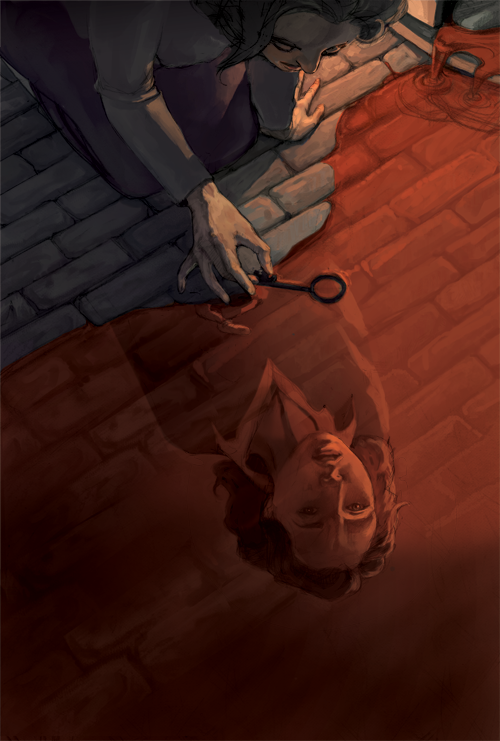
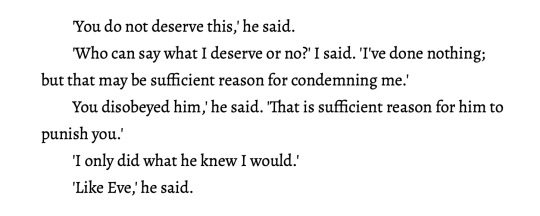

like eve before you
George Frederic Watts, Eve Tempted (detail) • Vievee Francis, "Apologia" • Edmund Blair Leighton, The Keys (detail) • Maria Tatar, Secrets Beyond the Door: The Story of Bluebeard and His Wives • Angela Carter, "The Bloody Chamber" • Heinrich Aldegrever, Adam and Eve • Gustave Doré, Illustration for "Blue Beard" • Paul Dukas, Ariane et Barbe-bleue • Glen Duncan, I, Lucifer • Hans Baldung Grien, Eve, Serpent and Death • Erika Steiskal, Illustration for "The Bloody Chamber"
#web weaving#bluebeard#fairytales and folklore#fairytaleedit#angela carter#the bloody chamber#vievee francis#maria tatar#glen duncan#gustave doré#biblical mythology#eve#myedit#it is the key that leads to the kingdom of the unimaginable#AND RENDER ME MORE EQUAL!#there really are so many interesting ways to read through this tale but the eve connections specifically jumped out quite often#not my most coherent set but you get it right! all this to say that eve (and her literary descendants) did nothing wrong!#I can't believe this has been in my drafts for years at this point. lol#spring cleaning time etc
455 notes
·
View notes
Text



During the 1950s and 1960s the German Ruhr region was a hotbed of abstract art: artists like Emil Schumacher, Heinrich Siepmann and Gustav Deppe rekindled with the avant-garde and sought to make up for the anti-modern times of National Socialism and war. A lesser-known exponent of abstract art was Hans Kaiser (1914-1982), born in Bochum, autodidact and since 1950 residing in Soest, a middle-sized town on the outskirts of the Ruhr region. Up until his death Soest remained the center of his life and it is also here that he inscribed himself in many ways into the town’s face, most prominently in the form of different stained glass windows for the St. Patrokli church.
Stylistically Kaiser went through a number of changes but one aspect of his style remained persistent, namely a calligraphic, writing-like fastidiousness that is present in both his abstract works and in his portrait drawings.
In 2014 the Kunstmuseum Bochum under the title „Hans Kaiser - Imaginäre Räume“ dedicated an exhibition to Kaiser’s so-named „Losschreibung“, i.e. the development of his specific artistic language: as a result of the disentanglement from the image and the simultaneous discovery of writing as the form of conveying the meaning of words Kaiser created imaginary spaces that point beyond language and meaning. The accompanying catalogue in an impressive selection of works from the 1960s up until the 1980s documents Kaiser’s development of imaginary spaces on canvas and paper and demonstrates how the writing-like elements gradually give way to ever deeper spaces made up of colors alone.
In his portrait drawings, as shown in Erich Franz’s catalogue from 2003, Kaiser in turn dissolves the seeming contradiction of abstraction and object by letting the pen „write“ itself into the drawing, a modus operandi that creates obvious parallels between the portraits and abstract works: in both cases writing-like structures provide a self-determined dynamic that is unique to Kaiser’s post 1957 works. At the same time the drawings, unlike the paintings, incorporate the white of the sheet paper and activate them as integrative to the overall dynamic of the portrait and show that Kaiser was in no way afraid of the blank space.
Against the background of the previously discussed qualities and characteristics discussed of Hans Kaiser’s art it is irritating that he is still relatively unknown beyond Soest and the Ruhr region…
19 notes
·
View notes
Text
Being asked for what purpose he thought men were born, he laughingly replied: To realize how much better it were not to be born.
-The Letters of Gustave Flaubert
Khud hi hain baes-e-takleef ham apne liye,
na ham hotay, na dil hota, na dil-azaariyan hoti.
-Akbar



Sleep is good, death is better; but of course, the best thing would to have never been born at all.
-Heinrich Heine
na tha kuch toh khuda tha, kuch na hota toh khuda hota
duboyaa mujh ko hone ne, na hota main to kya hota.
-Mirza Ghalib

#dark academia#misery#dark aesthetic#dark thoughts#depression#dark romanticism#urdu aesthetic#urdu shayari#urdu poetry#urdu lines#desi academia#desi aesthetic#desi tumblr#desiblr#urdu literature#urdu stuff#light academia#life#quotes#art#desi#desi blog
39 notes
·
View notes
Photo

Ganymede. 19th.century. Gustav Heinrich Naeke. German, 1786 - 1835. oil/canvas. http://hadrian6.tumblr.com
197 notes
·
View notes
Text

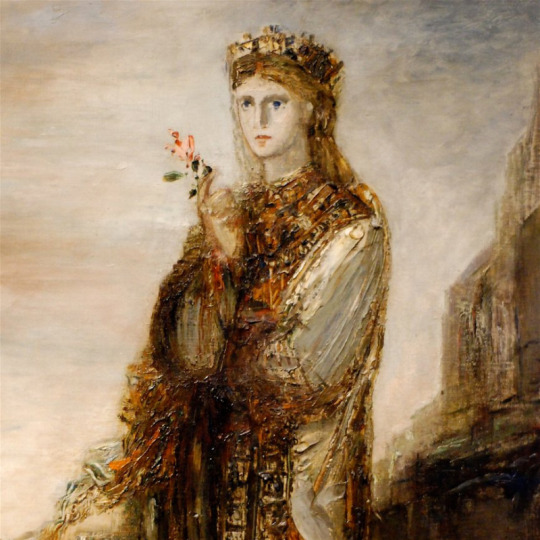


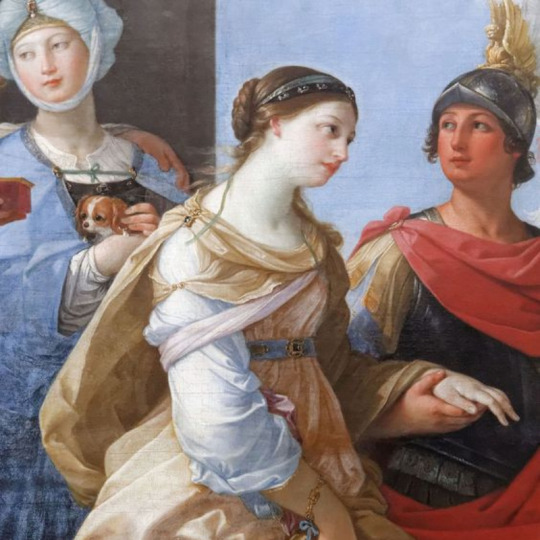
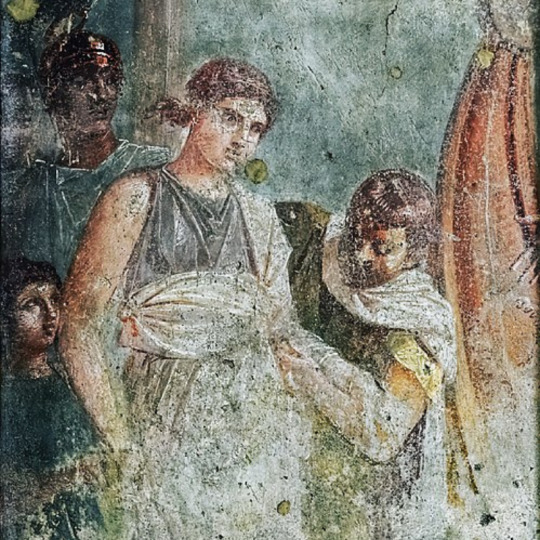


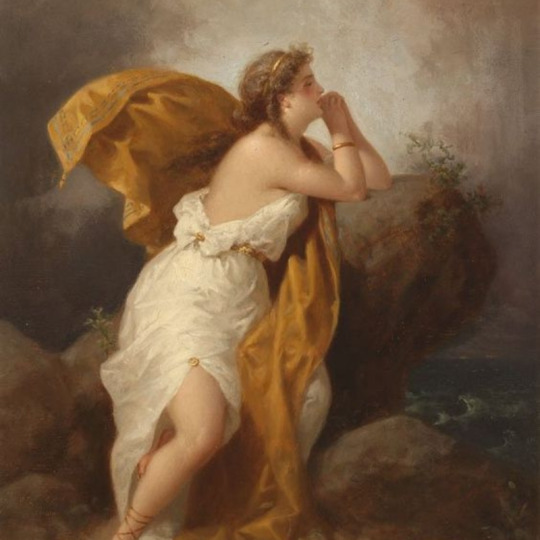

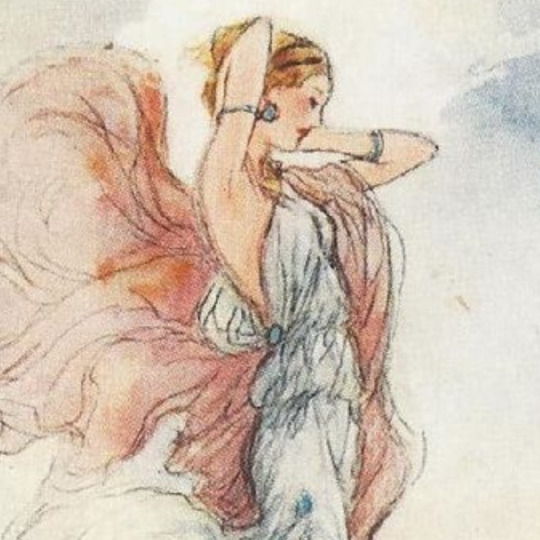


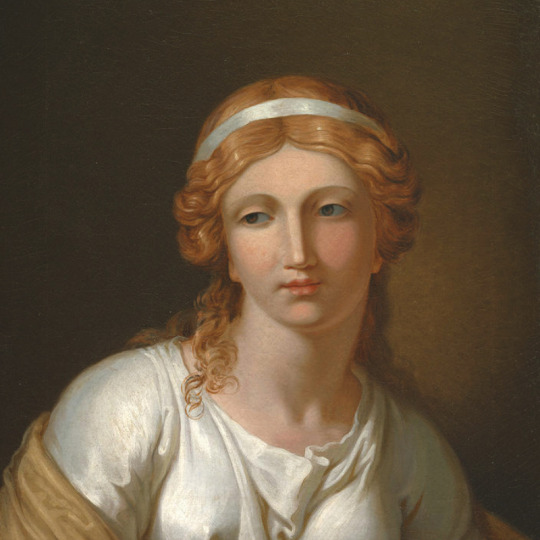
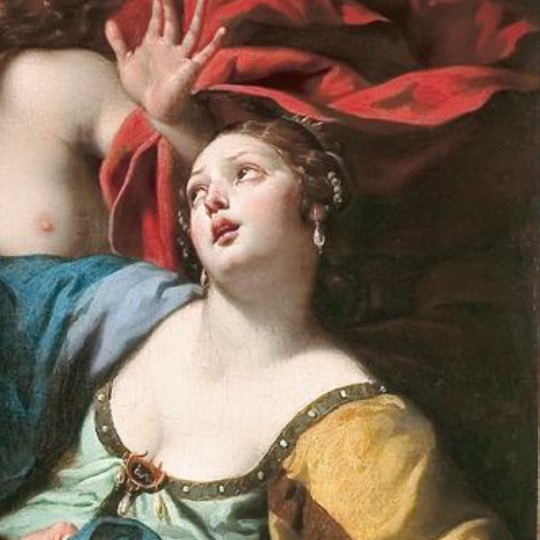
women in art: helen of troy
#artist is evelyn de morgan#artist is gustave moreau#artist is gaston bussiere#artist is frederick augustus sandys-walker#artist is guido reni#unknown artist#artist is jacques-louis david#artist is howard david johnson#artist is enrico fanfani#artist is edward john poynter#dont know the artist#artist is rudolf friedrich von deutsch#artist is dante gabriel rossetti#artist is johann heinrich wihelm tischbein#artist is luca ferrari#art history#greek mythology#helen of troy#trojan war#art#ancient greece
674 notes
·
View notes
Text
Nightmare Fuel Art Master-post, Vol. I
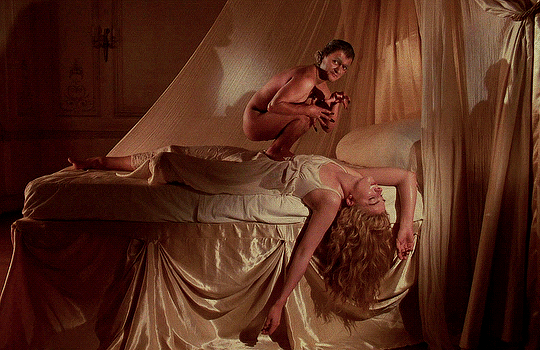
Regularly updated!
15th Century
Gerard David
Hans Holbein
Hans Memling
Hieronymous Bosch
Lucas Cranach the Elder
Matthias Grunewald
Titian
16th Century
Adriaen van de Venne
Artemisia Gentileschi
Filippo Napoletano
Hans Baldung Grien
Herri Met de Bles
Jacopo Ligozzi
Jan Mandijn
Jan Massys
Pieter Bruegel the Elder
17th Century
Caravaggio
Francesco Furini
Frans Francken II
Juan de Valdes Leal
Jusepe de Ribera
Leonaert Bramer
Peter Paul Rubens
Salvator Rosa
18th Century
Edvard Munch
Francisco de Goya
Henry Fuseli
J.M.W. Turner
Karl Alexander Wilke
Katsushika Hokusai
Paolo Vincenzo Bonomini
William Blake
19th Century
Amedee-Ernest Lynen
Antoine Wiertz
Armand Rassenfosse
Arnold Bocklin
Carlos Schwabe
Edmond Louis Dupain
Felicien Rops
Francesco Scaramuzza
Franz von Stuck
Georges Rochegrosse
George Frederic Watts
Gustave Dore
Gustave Moreau
Henri Regnault
Ilya Repin
Jakub Schikaneder
James Tissot
Jean Francois Millet
Jean Leon Gerome
Jean Paul Laurens
Jean Veber
Jeno Gyarfas
Jose Casado del Alisal
Laszlo Mednyanszky
Louis Gallait
Maximilian Pirner
Odilon Redon
Paul Burck
Theodore Gericault
Theodor Kittelsen
Theophile Schuler
Tsukioka Yoshitoshi
Wilhelm Kotarbinski
William Holbrook Beard
Witold Wojtkiewicz
“Turn of the Century”
Alberto Martini
Alfred Kubin
Antonio Rizzi
Egon Schiele
Frantisek Kupka
Fritz Gareis
Georges Desvallieres
Harry Clarke
Heinrich Kley
Henryk Weyssenhoff
James Ensor
Jaroslav Panuska
Jean Delville
Josef Mandl
Julien Adolphe-Duvocelle
Kathe Kollwitz
Manuel Orazi
Marian Wawrzeniecki
Oscar Parviainen
Piotr Stachiewicz
Richard Tennant Cooper
Sascha Schneider
Sergius Hruby
Wladyslaw Podkowinski
Vasily Vereshchagin
32 notes
·
View notes
Text

Dendrobium parishii 🥀🌺☘
Is a species of orchid native to Asia. It was named by Heinrich Gustav Reichenbach in honor of botanist and plant collector Charles Parish in 1863. It is native to the Eastern Himalayas, China and Indochina
23 notes
·
View notes
Text
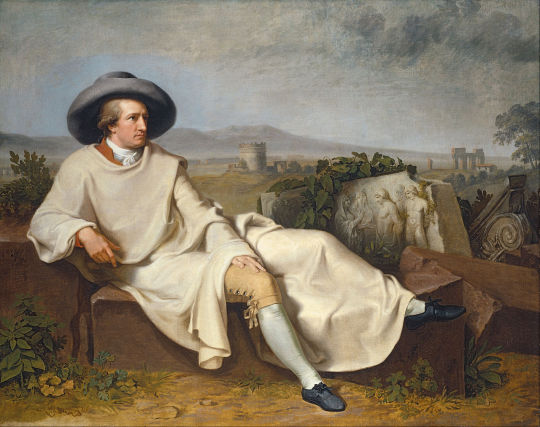




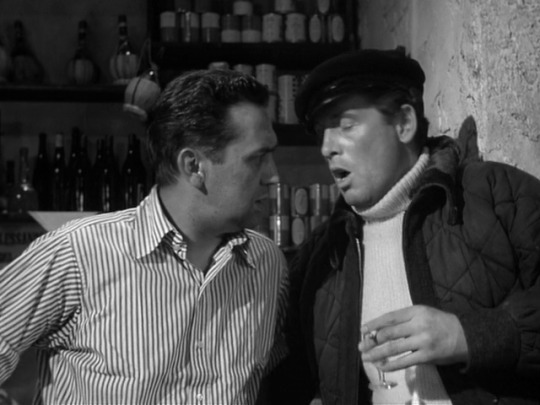

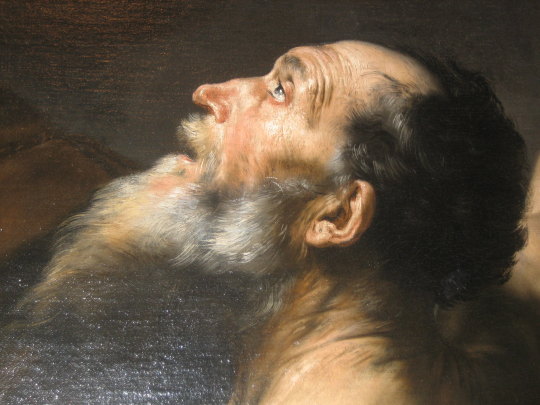
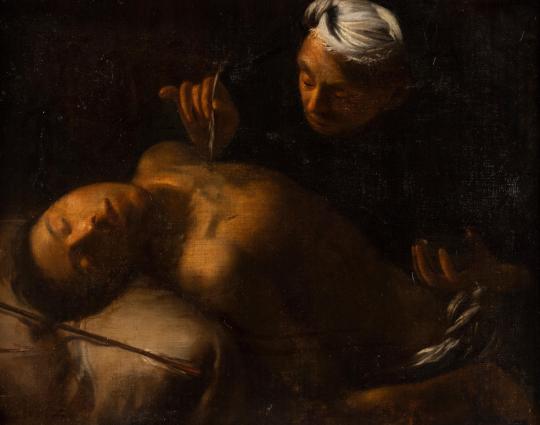



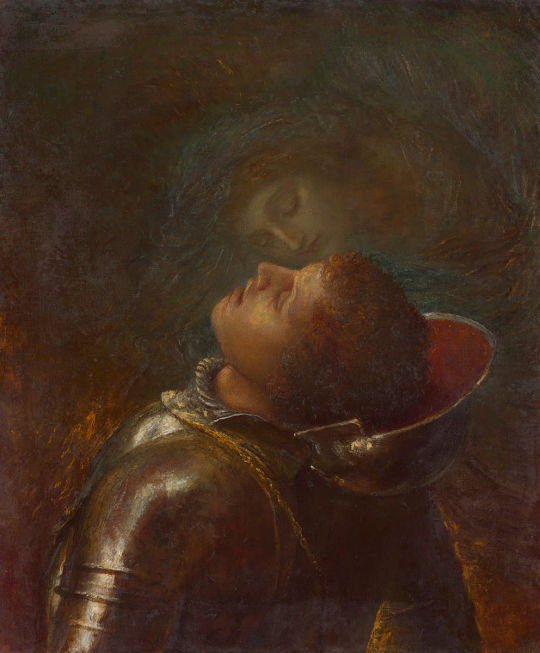



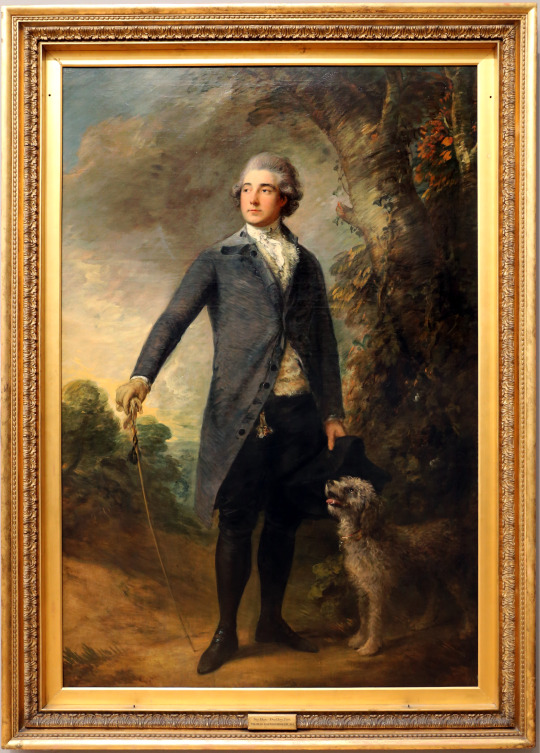



I have no idea why I'm doing this but here's McGoohan as paintings.
In order of appearance:
Goethe in the Roman Campagna (Johann Heinrich Wilhelm Tischbein)
Jacob's Dream (José de Ribera)
The Bitter Potion (Adriaen Brouwer)
The Martyrdom of Saint Bartholomew (details) (Jusepe de Ribera)
St. Sebastian Tended by St. Irene (Francesco del Cairo)
Saint Sebastian Cured by Saint Irene (Luca Giordano)
The Happy Warrior (George Frederick Watts)
Young Man at His Window (Gustave Caillebotte)
Sir Henry Bate Dudley (Thomas Gainsborough)
The Merry Drinker (Frans Hals)
30 notes
·
View notes
Photo
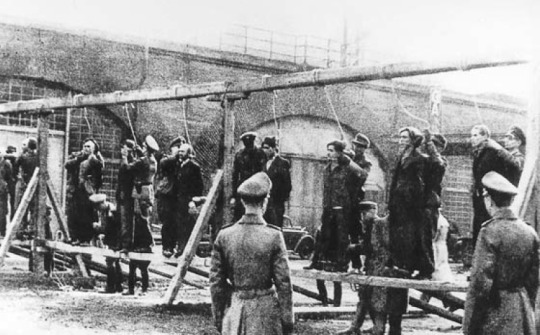
On this day, 10 November 1944 13 members of the Ehrenfeld anti-Nazi resistance group were hanged in the street in Cologne by the Gestapo. Those killed were named Hans Steinbrück, Gustav Bermel, Johann Müller, Franz Rheinberger, Adolf Schütz, Bartholomäus Schink, Günther Schwarz, Roland Lorent, Peter Hüppeler, Josef Moll, Wilhelm Kratz, Heinrich Kratina and Johann Krausen. Steinbrück had escaped from a concentration camp and formed a resistance group based in the suburb of Ehrenfeld. He had stockpiled a number of weapons, and with others had shot several police officers. Six of those executed were working class youths, members of the nationwide underground group the Edelweiss Pirates, which was an anti-authoritarian alternative to the Hitler Youth. There were over 3,000 Pirates in Cologne alone, including Schink, who shirked at work, fought running battles with young Nazis, and carried out acts of sabotage against the military, like assassinating the head of the Cologne Gestapo. Learn more about the pirates and related groups in our podcast episode 4: https://workingclasshistory.com/2018/04/04/wch4-anti-nazi-youth-movements-in-world-war-ii/ https://www.facebook.com/workingclasshistory/photos/a.296224173896073/2131407660377706/?type=3
174 notes
·
View notes
